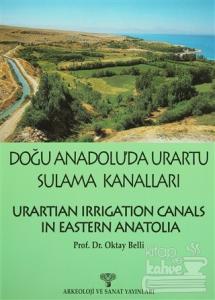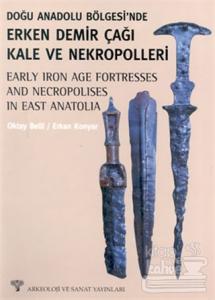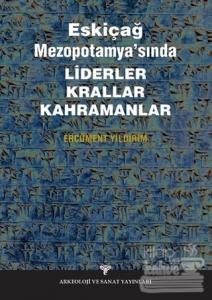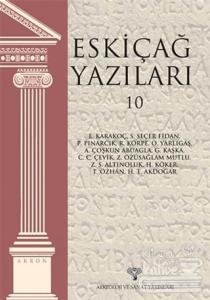9789756899014
397412

https://www.kitapvekahve.com/the-anzaf-fortresses-and-the-gods-of-urartu
The Anzaf Fortresses And The Gods Of Urartu
80.00
The pascinating pictorial scenes on pieces of a bronze shield from a room on the west side of the Haldi Temple in the Upper Anzaf Fortress, discovered in 1995, add greatly to our knowledge of Urartian religion and art. During the fire caused by a Scyhtian attack in the late seventh century B.C. objects and weapons of bronze and iron stored in this small room became molten and distorted, a large portion turning to slag. In recent years conservation of this mass of molten metal, weighing more than 13 kilograms, a number of bronze and iron objects and weapons have been recovered and preserved for the benefit of science. In particular, seven votive rings of cast bronze with cuneiform inscriptions from the co-regency of King Ispuini, Menua and Inuspua has added much to the poorly known political history in the early period of the Urartian Kingdom.
Most of the fragments of bronze sheet bearing pictorial scenes come, it has been realised from the same large shield. Conservation of the bronzes is still continuing. Conservation a 78 cm.long piece of the shield over the last three years has, however, revealed scenes of great interest that shed significant new light on our understanding of the art and, particularly, the religion of Urartu. A row of 12 gods are depicted in the same sequence as the pantheon of gods in the Meher Kapı rock inscription which provides much detailed information on the religion of Urartu. Nothing similar to the pantheon in the Meher Kapı inscription, where each god is gven his divine attributes and local characteristics, has previously been found.
In its 20 anniversary Arkeoloji ve Sanat is pleased to share with its readers this valuable study which, we believe, makes an important new addition to Anatolian archaeology.
The pascinating pictorial scenes on pieces of a bronze shield from a room on the west side of the Haldi Temple in the Upper Anzaf Fortress, discovered in 1995, add greatly to our knowledge of Urartian religion and art. During the fire caused by a Scyhtian attack in the late seventh century B.C. objects and weapons of bronze and iron stored in this small room became molten and distorted, a large portion turning to slag. In recent years conservation of this mass of molten metal, weighing more than 13 kilograms, a number of bronze and iron objects and weapons have been recovered and preserved for the benefit of science. In particular, seven votive rings of cast bronze with cuneiform inscriptions from the co-regency of King Ispuini, Menua and Inuspua has added much to the poorly known political history in the early period of the Urartian Kingdom.
Most of the fragments of bronze sheet bearing pictorial scenes come, it has been realised from the same large shield. Conservation of the bronzes is still continuing. Conservation a 78 cm.long piece of the shield over the last three years has, however, revealed scenes of great interest that shed significant new light on our understanding of the art and, particularly, the religion of Urartu. A row of 12 gods are depicted in the same sequence as the pantheon of gods in the Meher Kapı rock inscription which provides much detailed information on the religion of Urartu. Nothing similar to the pantheon in the Meher Kapı inscription, where each god is gven his divine attributes and local characteristics, has previously been found.
In its 20 anniversary Arkeoloji ve Sanat is pleased to share with its readers this valuable study which, we believe, makes an important new addition to Anatolian archaeology.
Yorum yaz
Bu kitabı henüz kimse eleştirmemiş.














